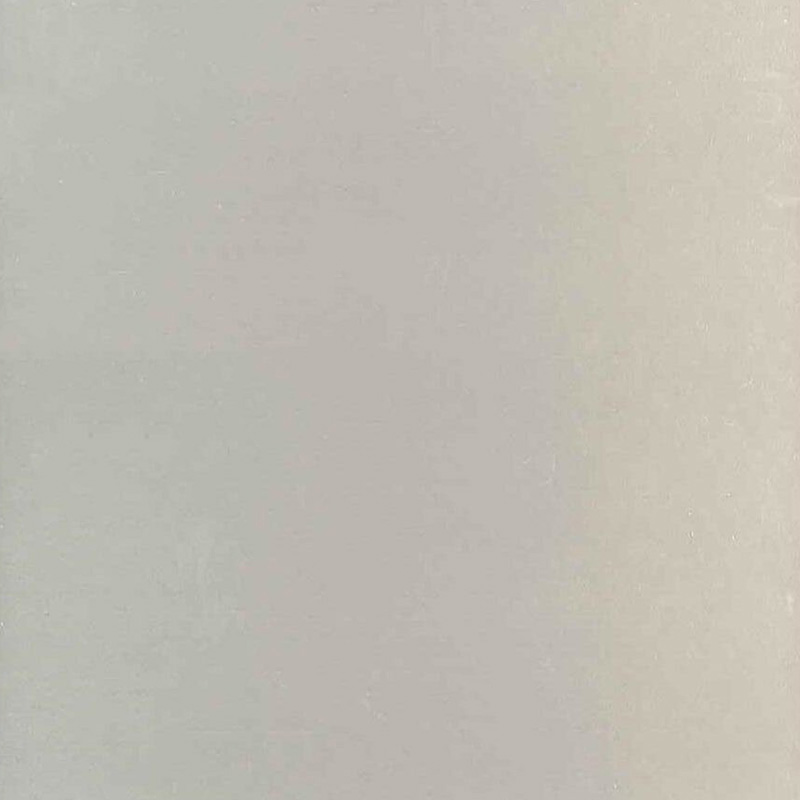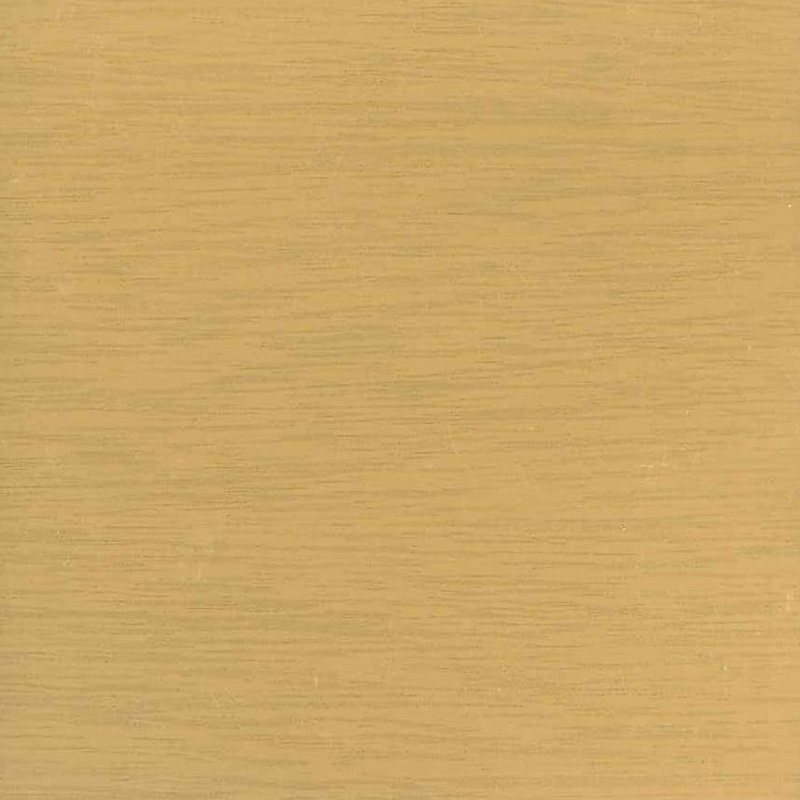Stamping Film stand as contrasting yet impactful methods, each offering unique advantages and applications within the industry.
Cold Stamping Film:
Cold Stamping Film, also known as cold foil transfer, revolutionizes the way embellishments are added to surfaces. This process involves the transfer of a thin layer of foil onto substrates using adhesive or UV curable varnish, eliminating the need for heat in the transfer process. This technique is celebrated for its versatility, enabling the application of foil onto delicate materials such as paper, plastics, and even heat-sensitive materials without compromising their integrity.
One of the primary advantages of Cold Stamping Film lies in its ability to accommodate a diverse range of substrates. Its compatibility with various materials makes it a preferred choice for industries seeking to add embellishments to a wide array of surfaces, including packaging, labels, and specialty prints. Its adaptability to different surfaces allows for intricate and detailed designs, providing a high level of precision in embellishments.
Furthermore, Cold Stamping Film offers an eco-friendly advantage. The absence of heat in the transfer process reduces energy consumption and minimizes waste, aligning with sustainable practices in the industry. Its application flexibility and minimal environmental impact make it an attractive choice for businesses striving for eco-conscious solutions.
Hot Stamping Film:
On the contrary, Hot Stamping Film, a traditional yet highly effective technique, involves the transfer of a metallic or pigment foil onto surfaces using heat and pressure. This process requires a heated die or plate, which transfers the foil onto the substrate, creating a permanent bond upon cooling. The heat activates an adhesive layer on the foil, ensuring a durable and long-lasting embellishment.
Hot Stamping Film's hallmark is its ability to create vibrant and enduring designs with a wide range of foils, including metallic, holographic, and matte finishes. This technique is favored for its ability to produce high-quality and visually striking embellishments, particularly on materials like paper, cardboard, and plastics, often used in luxury packaging, book covers, and promotional materials.
Additionally, Hot Stamping Film excels in producing fine detail and intricate patterns, making it an ideal choice for designs that demand a high level of precision and visual impact. The permanence of the foil ensures a luxurious and enduring finish, contributing to the perceived value and aesthetic appeal of the final product.
While Cold Stamping Film excels in versatility, adaptability, and eco-friendliness, Hot Stamping Film stands out for its ability to produce enduring, vibrant, and intricate designs. Both techniques offer distinct advantages, catering to different industry needs and design requirements, contributing significantly to the embellishment and visual appeal of various products across the industry spectrum.
The choice between Cold Stamping Film and Hot Stamping Film often hinges on specific project requirements and material considerations. While Cold Stamping Film champions versatility and eco-consciousness, Hot Stamping Film remains unparalleled in delivering enduring, detailed, and luxurious embellishments. As industries evolve and embrace innovative techniques, the synergy between these distinct methods continues to redefine the boundaries of decorative embellishments, offering designers and manufacturers a diverse toolkit to meet the ever-changing demands of the market while maintaining the highest standards of quality and visual appeal.








